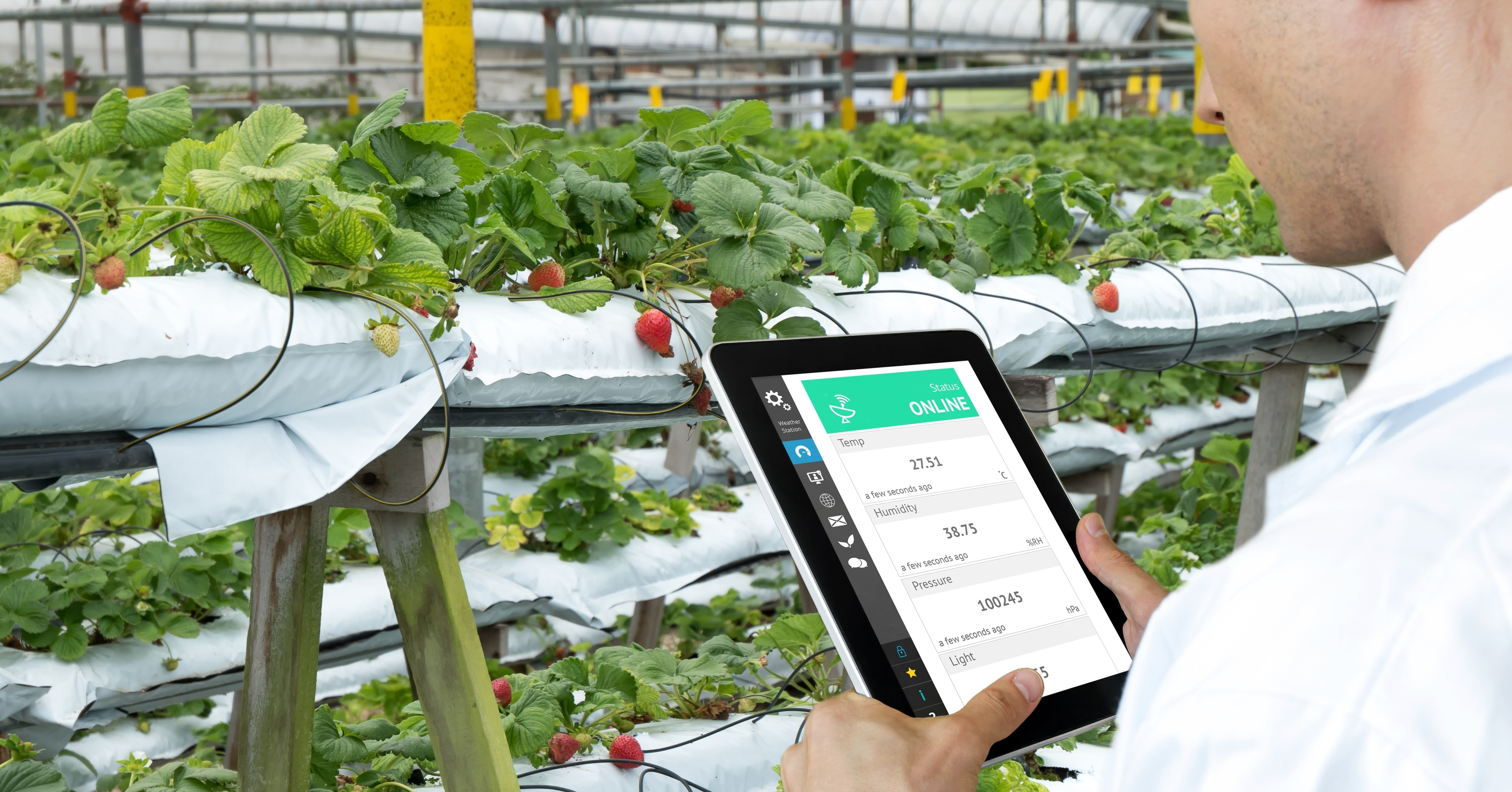Over recent years, the food industry has become more turbulent, introducing new challenges for businesses to overcome. One identified is the workforce and skills shortages in the industry, which has escalated because of Brexit and the ongoing implications of the pandemic.
To overcome this challenge, businesses in the food industry have been introducing automation technologies within their production lines. What benefits will this bring to your supply chain and how will this mitigate risks against the skills shortage? Let’s take a look:
- Safeguards your business against regulatory requirements
- Achieve end-to-end traceability
- Improves your flexibility and scalability
- Operate on a 24/7 basis
1. Safeguards your business against regulatory requirements
With new laws and regulations changing your processes, such as labelling requirements with Natasha’s Law, this increases the pressure on your workforce to ensure they’re compliant. Combined with the skill shortage crisis in the food industry, the sheer volume of these tedious but necessary tasks like labelling stack up, potentially leading to a higher chance of human error.

Additionally, a study found that in 2021, more than three-quarters of food and drink firms expected chronic labour shortages. Automation can help you by digitising your processes, meaning that:
- When new tasks appear within your production lines to keep compliant, your employees won’t have to increase their workloads as automation can handle this for them
- You won’t have to go through additional training exercises with your staff to adapt to new processes as automation will carry these out for your business
2. Achieve end-to-end traceability
We’ve seen issues with businesses recently over product recalls, including chocolate manufacturer Ferrero, who identified traces of salmonella in their Kinder eggs. With automation in food manufacturing, you’ll be able to track product goods throughout the supply chain journey and tap in anywhere along the chain to see the information relevant to you. For example, you can pinpoint contaminated orders along production lines and isolate issues before your products go out to consumers, reducing this risk.
Without automated technology, your workforce will be focusing their time and energy on ensuring your products are fit for purpose and pass quality checks, meaning there’ll be less time to focus on the tasks that drive your business forward.

3. Improves your flexibility and scalability
Automation reduces the amount of manual work, so data inputting becomes automatic. For example, when importing a spreadsheet about the ingredients of a product, an ERP system will automatically populate it for you, saving time. Plus, you’ll only need to input the data once as an ERP system will streamline your information in an easily accessible location, meaning less work for you and your teams.
It’ll also help you become more flexible when dealing with skills shortages. For example, a study found that 70% of food and beverage manufacturing companies suffer from low and unskilled labour. Automation can help you address this challenge by helping you identify:
- Where the products are stored in your supply chain through tracking techniques
- How to best pick and prepare the items
- How to pack food products in a safe, controlled manner
This means there'll be less reliance on your teams who don’t have the skills to carry out these tasks. Additionally, you’ll be more flexible to external changes such as if the demand for a certain product peaks. With automated technology, you can quickly identify in real-time where it’s stored and determine whether you need to increase your output to keep up with increased demand.
4. Operate on a 24/7 basis
Automated technology can operate on a 24/7 basis (with the occasional pause for maintenance) and often more efficiently than humans can do. Automation also helps you improve production efficiency as machinery doesn’t get tired like human workforces do.
Additionally, you’ll be able to improve machine performance with actionable data insights. For example, if errors occur within your production lines, machine learning technologies will provide you with data you need so you can identify, make changes, and stop them from occurring again in the future.

How do you build a successful automation strategy?
Now that we understand how automation can help you avoid the implications of the skills shortages in the food industry, let’s see how you make the switch from manual processes to automation as smooth as possible:
1. Plan out your implementation and identify the relevant data
Map out your current businesses processes at a reasonable level of detail. Start from the ground up while gathering feedback from the teams who do the tasks about what’s really happening. This knowledge will make it much clearer about what you do/don’t need.
Now, you can begin to sort through what you do/don’t need with the data captured. Think from a customer and internal stakeholder point of view about how valuable each piece of information is.
Next, identify where each piece of data that adds value can be captured and how you can get that kind of capture as close to real-time as possible. This will ensure your information is accurate.

2. Communicate why the change is happening throughout your business
Many digital transformation projects fail because employees can’t see the reasons for change or don’t understand them. So, take time to explain to your team the aim of the project and keep them involved throughout the process. By doing this, you’ll be able to maintain their buy-in, engagement and happiness at work.
We understand that transforming your business operations can seem like a daunting prospect, which why it’s essential you have a change management strategy in place. You can find some useful tips for effective change management in our checklist below.
3. Address the change
Address the elephant in the room early on. Due to news media, employees will often automatically associate automation with huge job cuts.
Of course, there will be some job displacement initially, but show them new technology can make their day-to-day lives easier (for example, a manual process that’s going digital).
4. Encourage your workforce to get them on board
Make it clear to your workforce that new technology can lead to new, higher-level jobs which require an advanced skillset. Also explain how new tech may create new career paths, opportunities for progression and provide more scope for self-development. This will help improve employee morale, engagement and motivation and ultimately make them more inclined to embrace new things and master new skills.

5. Upskill to bridge the talent gap
By investing in state-of-art technology, you’ll obviously need people in your team who know how to operate it correctly. Recruiting people into your business who have the right skillset can be difficult, especially during a skill shortage crisis, l, so consider upskilling your team instead.
Regardless of which route you decide to go down, it’s important to bridge the digital divide. This will ensure your team knows how to use any technology, as well as help alter their perception of innovation, encouraging them to act/think more proactively. Plus, you’ll be able to gain their input, ideas and buy-in, helping drive process improvements for any future projects.
Whenever you introduce new technology into your business, you’ll run the risk of compatibility issues. So, to minimise the chances of system issues and speed up the integration process, review all current technology systems before you launch something new.
That way, you’ll reduce costly build times, prevent system redundancies, and help stop the budget from spiralling out of control. You can also relieve some of the pressure off your in-house team by choosing the right partner, which food manufacturer Natures Way Foods said was one of their biggest successes during their implementation project. You can listen to their journey in full by downloading our podcast episode here.
To add, you’ll always find great leadership at the centre of any successful digital transformation project. Strong leaders are required to motivate and lead your workforce to success, whether it’s upgrading your legacy systems or a global crisis that pushes your business to action.
Explore the other challenges facing the food industry today
With the skills shortage being just one of the many challenges facing the food industry today, how can you ensure that your business is able to respond effectively in times of unpredictability and uncertainty? You must first understand how other businesses are responding to them and how you can follow suit. Our infographic explores:
- How consumer demands are forcing businesses to adapt their processes
- Why manufacturers need to do more around food waste
- What businesses are doing to tackle these challenges
- How technology is driving the food industry
Interested? Get your copy below.

